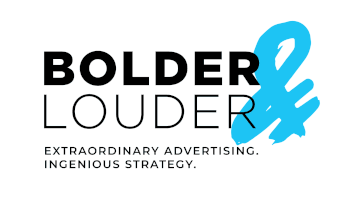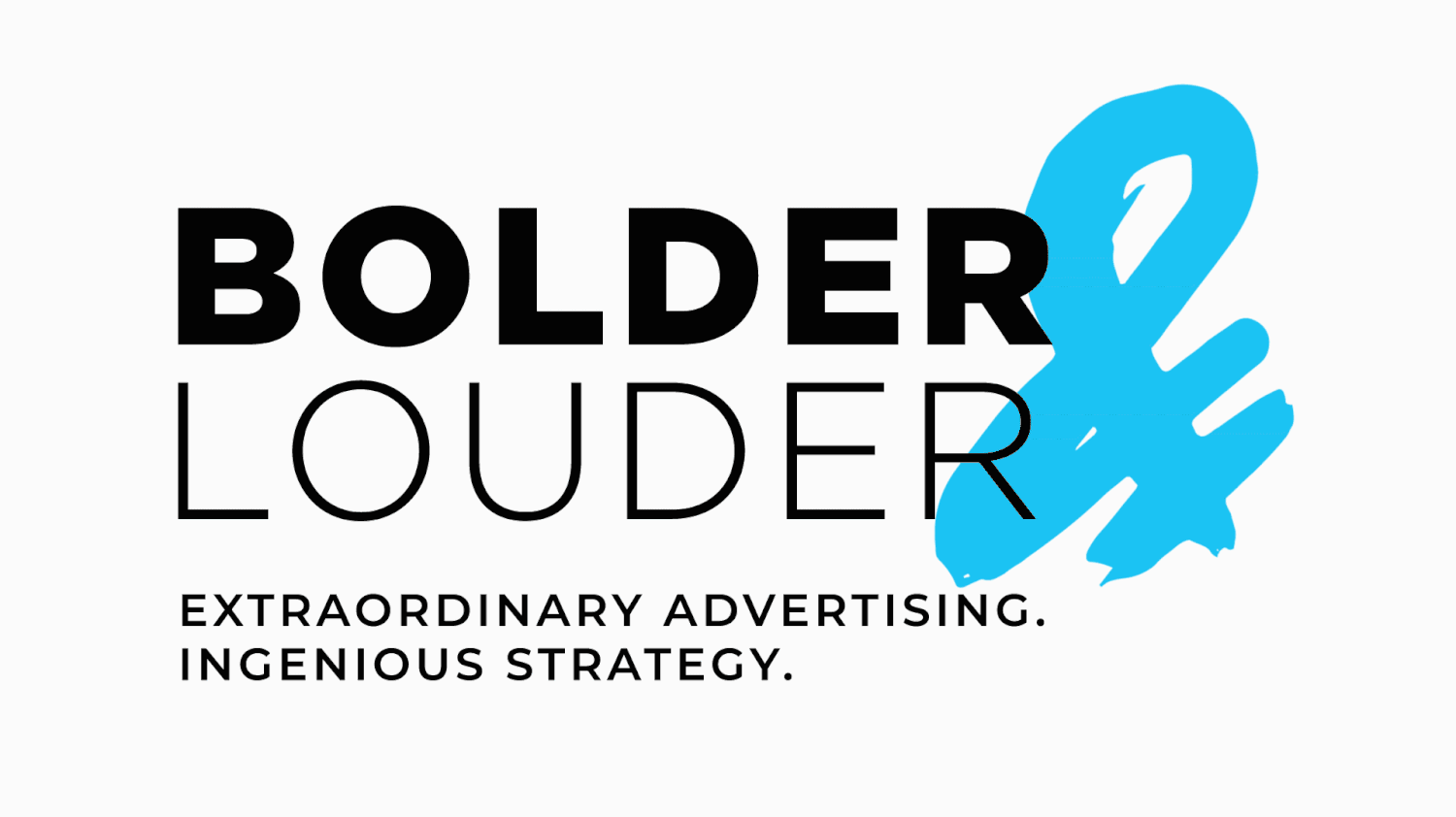The 5 Biggest Copywriting Mistakes (And How To Fix ‘Em’)
“I have always believed that writing advertisements is the second most profitable form of writing. The first, of course, is ransom notes.”-Philip Dusenberry
There are a lot of definitions about what copywriting is and isn’t. Salesmanship in print. Writing to sell. Salesmanship multiplied. Or my personal favorite, persuasion writing.
Advertising would well and truly be extinct if each of us could talk to our prospects face-to-face. But as we can’t, our advertisements have to do the job and get the word out for us.
That’s why good copywriting is the oxygen of your business. Get it right, and the sky‘s the limit. But get it wrong, and your business is banished to the ranks of the mediocre, the forgotten, and the ignored.
Here are the 5 biggest copywriting mistakes, and how to fix them:
1. “Nobody reads ads. People read what interests them. Sometimes it’s an ad.” Howard Gossage
One of the worst things you can do is write copy that’s boring to read. If an honest reading of your website or new client brochure makes your eyeballs dry up, or triggers an urgent need to go to the bathroom – then just image how your poor prospect must feel. Remember, you can only interest a person into buying your product, you can’t bore them.
2. Build the relationship first, ask for the sale second. As a direct response copywriter, I see many examples of bad marketing that rush the entire sales process. In this new economy, all buying power has returned to the consumer. And they know it. You can’t just expect to trundle out a cart full of your wares and have people flocking to buy them. That may have been how it worked in the boom days of the early 2000s, but certainly not today. Today, marketing is all about building relationships first. Your copy has to carefully do the same, not rush straight to the close.
3. Don’t ever try and make your copy apply to everyone. You have to niche your message along with your market. One of the biggest mistakes I see is using ad copy that is worded so generically, it doesn’t apply to anyone in particular at all. This is very bad. At first blush you might think the more people you can fit into your marketing message, the better. Wrong. Quite the opposite. The more you tightly target your marketing message to resonate with a niche, the higher the response rate. This goes back to the first point. People will only read what interests them. If you’re a retired dentist with $2 million in investable assets, 3 grandchildren and a condo in Florida, you’re far more likely to read ad copy that specifically “talks to you.”
4. Make your advertising valuable. Few people understand this extremely important point, which is why most advertising falls on deaf ears. Nothing screams out “I want to sell you sell you something” more than an advertisement that looks and sounds like an advert. That’s why writing copy that sounds like an editorial piece, using white papers, or creating a helpful animated video will typically attract a much higher level of viewership.
5. Incorporate unquestionable copy into your proof. Most copy is seriously devoid of all proof but full of empty, hollow sounding promises like “we’re the leading experts” or “your trusted provider”, etc. We’re so used to reading these claims they wash over us like tiny ocean ripples swirling around our ankles. Unnoticed. One of the strongest elements of proof is, of course, proof in your product itself. A bold guarantee to back up your promises. Legions of testimonials to say what you can’t say yourself. A product demonstration even. Proof is usually the most often overlooked aspect of any copy. If you can find a way to add it in a compelling way, it can transform even the most meager of ads into the mighty.

